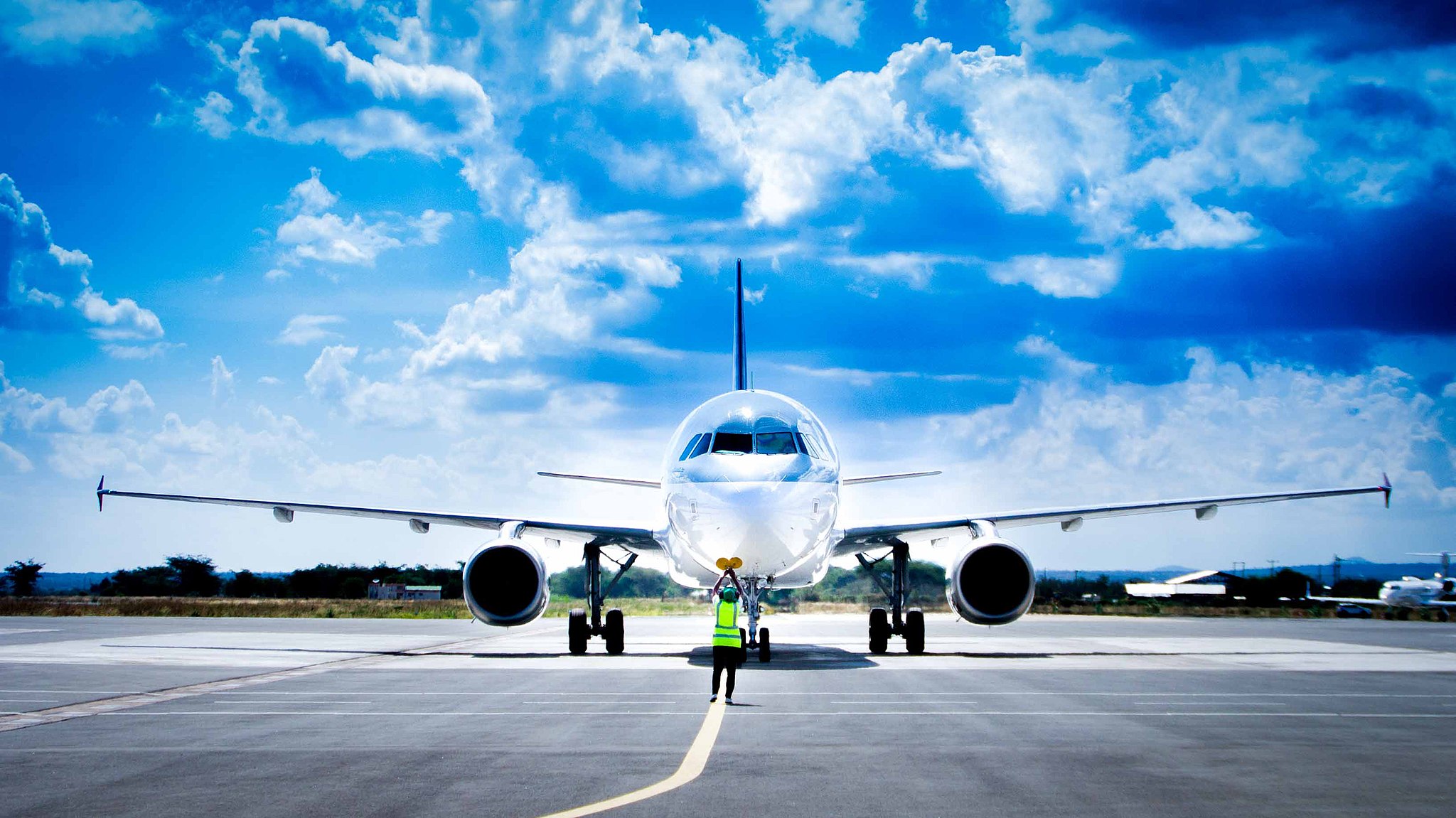EU ETS for aviation
on course for climate neutrality?As the EU aims for climate neutrality by 2050, the aviation sector is lagging far behind in terms of climate action. Greenhouse gas emissions from aviation are increasing rapidly, and the sector receives many tax exemptions and state subsidies. Within Europe, the main means for tackling carbon emissions from aviation is the EU ETS. The European Commission is now updating the EU ETS rules for aviation in response to the international agreement on the Carbon Offsetting and Reduction Scheme for International Aviation (CORSIA). But is CORSIA the best match for the EU’s decarbonisation objectives? In our response to the Commission’s initial impact assessment, we assess the impact the different policy options will have on future aviation emissions. Due to the unsatisfactory offsetting approach used by CORSIA, the EU ETS is a much more effective tool for reducing CO2 emissions from the aviation sector. While the EU ETS still needs many improvements (such as a rapid phase-out of free allowances), the EU should not abandon it in favour of the much less ambitious CORSIA system.
Photo licence Pilo9609 / CC BY-SA

